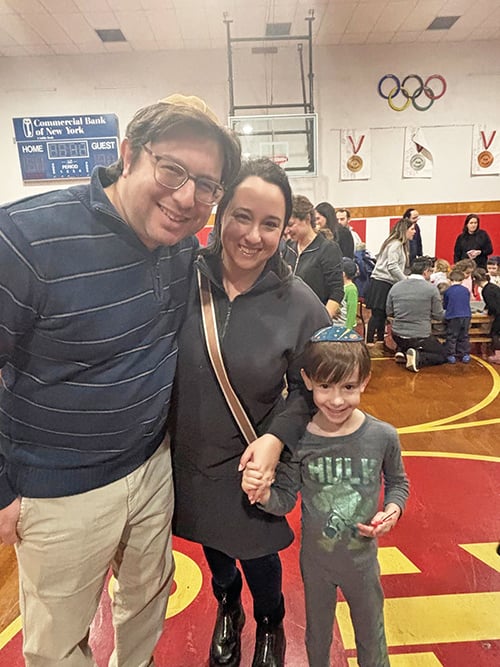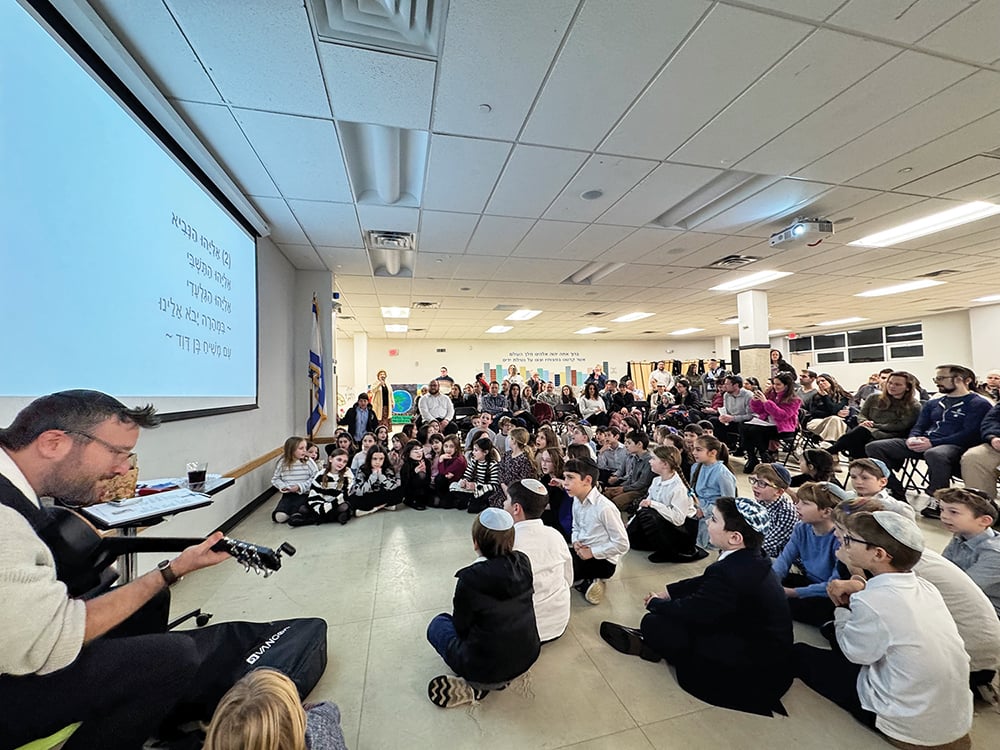It seems odd, at first glance, that Sephardim read the first perek of Yirmiyahu as the haftarah for Parshat Shemot. After all, this very haftarah is read at the height of the summer to kick off a series of three grim haftarot (the Telata d’Puranuta) read during Bein haMetzarim, the three weeks between Shiva Asar B’Tamuz and Tisha B’Av. Why is this same haftarah read by Sephardic Jews both in the middle of the summer and the deepest frost of winter? This question was asked by members of Congregation Shaarei Orah, the Sephardic Congregation of Teaneck, this past Shabbat and was addressed in a Sunday morning shiur the next day.
Yirmiyahu Perek 1 is the natural choice to read in the time leading up to Tisha B’Av. Yirmiyahu is informed by Hashem of the impending disaster of the Churban Beit Hamikdash. Yirmiyahu was chosen to serve as the official Navi of Churban Bayit Rishon. Yirmiyahu Perek 1 is also a very fitting mei’ein haparshah (parallel) to Parshat Shemot. Both present the story of Hashem’s initial informing of a Navi of his role of service for the Jewish people. Yirmiyahu haNavi is extremely reluctant to take this responsibility, especially since he knows that the message of the Churban is a very unpleasant one, which will be met with great hostility. Moshe Rabbeinu, as well, was highly reluctant to accept Hashem’s appointment as the Navi of Yetziat Mitzrayim.
The parallel, however, seems to end there. Moshe Rabbeinu was chosen to redeem Bnei Yisrael from Egypt and Yirmiyahu was appointed to do the very opposite—transition the Jewish people to a time of Galut and Churban (perhaps this is why both Teimanim—Yemenite Jews—and Ashkenazim do not read from Yirmiyahu Perek 1 for the haftarah of Parshat Shemot).
The answer might be as follows: The Midrash articulates the approach that when Moshe Rabbeinu insists “Shelach na b’yad Tishlach,” send a different Navi to redeem the Jews, it is referring not to Aharon as is most commonly understood, but rather to none other than Eliyahu haNavi! Moshe Rabbeinu, according to this Midrash, is unwilling to redeem the Jewish people for a temporary redemption that will culminate in the Churban described in Yirmiyahu Perek 1. Thus, the haftarah of Yirmiyahu Perek 1 explains why Moshe Rabbeinu stubbornly refused Hashem’s designation as a redeemer. Moshe Rabbeinu wanted the ultimate redemption to come, not for merely a temporary respite from suffering.
Parshat Shemot, in turn, sheds important light on Yirmiyahu Perek 1. Yirmiyahu is appointed not only to proclaim the Churban (l’ha’avid u’leharos”), but also to prepare the groundwork for the Geulah (livnot v’linto’a). Yirmiyahu famously proclaims “V’Shavu vanim ligvulam,” the children shall return to their borders, predicts at the height of the Babylonian siege of Jerusalem that Yerushalayim will reemerge as an area of most desired real estate (a prophecy which has been most resoundingly fulfilled in our time) and that it will be redeemed 70 years after the Churban (the Beit Hamikdash was completed in 516 B.C.E., 70 years after its destruction in 586 B.C.E). Connecting Yirmiyahu Perek 1 with Parshat Shemot expresses the point that just as Moshe Rabbeinu was appointed as the herald of Yetziat Mitzrayim, so, too, Yirmiyahu is not only the official Navi of the Churban but also the Navi of the eventual Geulah as well (of which we hopefully are witnessing its “reshit tzemichat geulateinu” the beginning of the flowering of our salvation, in our time).
Thus, what appears to be a most inapt connection between the haftarah choice and Parshat Hashavua is actually a deep and moving lesson that emerges from the synergistic relationship between Parshat Shemot and Yirmiyahu Perek 1. Perek 1 of Yirmiyahu sheds light on Parshat Shemot, and Parshat Shemot directs us to a proper perspective on Yirmiyahu Perek 1. Shemot Perek 1 and Yirmiyahu are thus a paradigmatic example of how the Torah reading and haftarah complement each other.
Rabbi Haim Jachter is spiritual leader of Congregation Shaarei Orah, the Sephardic Congregation of Teaneck.
By Rabbi Haim Jachter













